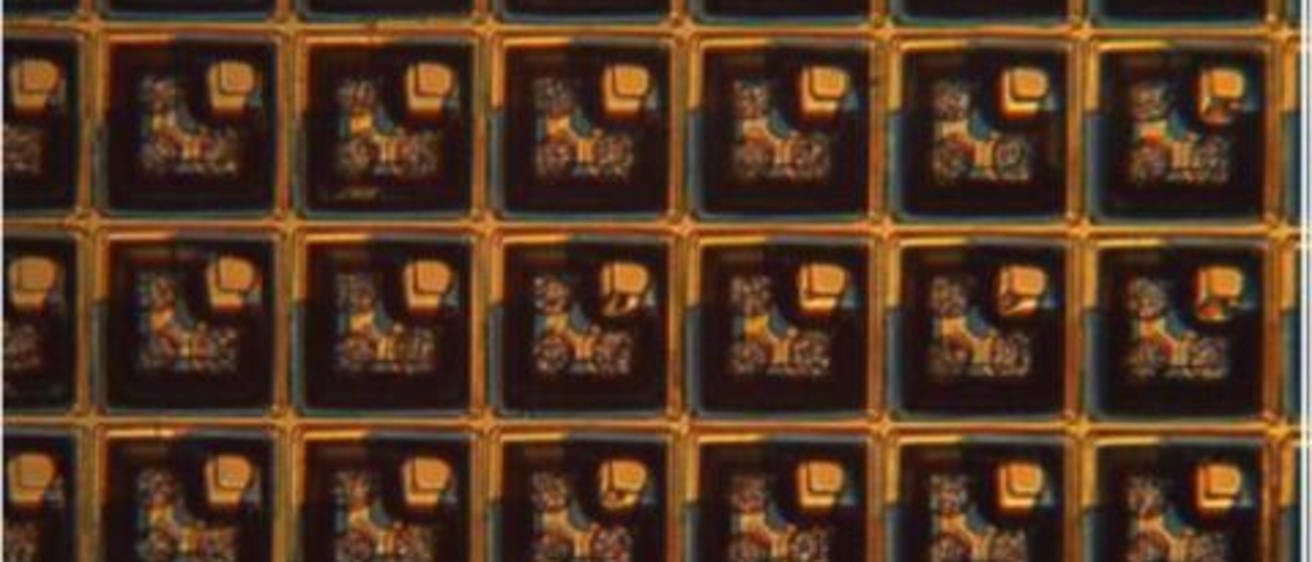
Two color SLED array
Optoelectronics refers to devices that use both photons and electrons, such as LEDs, laser diodes, photodiode detectors, and photovoltaics. Though the title here indicates mid-infrared, our interests extend to infrared wavelengths from about 2 um to 12 um (short-, mid-, and long-wave). Mid-infrared optoelectronics with group III-V materials has grown in importance with the invention and development of quantum cascade lasers, interband cascade lasers, and superlattice-based detectors and LEDs. These types of devices are important in a range of applications, such as sensitive and specific chemical detection, thermal imaging and scene generation, medical diagnostics and treatment, and self-driving cars. A challenge with these devices is that as the semiconductor bandgap narrows, they become increasingly inefficient due to increase Auger and Shockely-Read-Hall nonradiative scattering. A great deal of effort is focused on finding ways to reduce nonradiative scattering, which produces heat, and increase radiative recombination, which produces light. These efforts involve bandstructure and materials engineering to reduce nonradiative scattering, and metamaterials, plasmonics, and cavities for increasing radiative recombination. This interface of light-matter interaction is a rich area of physics and optics. We have a special effort in cascaded superlattice light emitting diodes (SLEDs) for producing infrared light. Much room for improvement exists: whereas the wallplug efficiency of commercial visible LEDs exceeds 50% at room temperature, SLEDs still have efficiencies of about 1%.
Compound Semiconductor Innovation and Antimonide Infrared Emitters (PDF of Presentation)